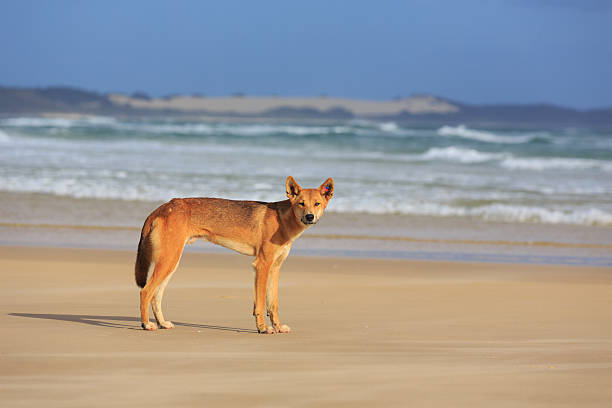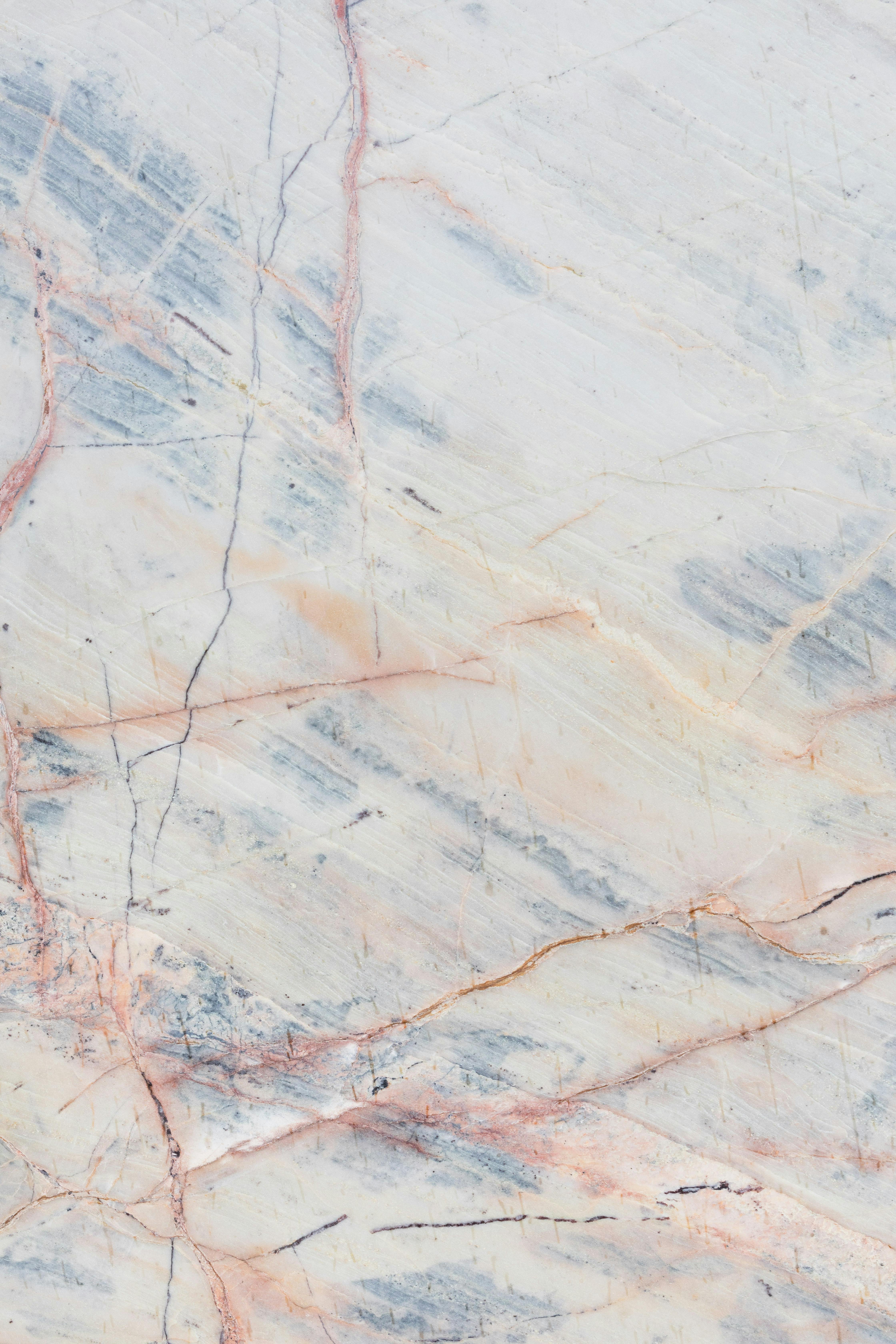"Delving into the Fascinating World of the Dingo: Australia’s Wild Canine"
The Dingo, Australia’s feral canine, has been a significant part of the continent's diverse ecosystem for thousands of years. This article delves into the intriguing history of the Dingo, its role in Australia's biodiversity, and how modern developments are influencing its survival.

A Glimpse into the Past: The Dingo’s Historical Context
The Dingo, also known as Canis dingo, is believed to have arrived in Australia around 4,000 years ago. While its exact origins remain a matter of debate, most theories suggest that seafaring people from Southeast Asia introduced these canines to Australia. Notably, Dingoes have played a pivotal role in the country’s Aboriginal culture, often depicted as a dreamtime creature in indigenous art.
Dingo’s Today: Current Status and Developments
Modern Australia presents a challenging landscape for the Dingo. Urban expansion, retaliatory killings due to livestock predation, and interbreeding with domestic dogs threaten their existence. Recent studies estimate the pure Dingo population to be dwindling, with less than 50% of the canine population in Australia’s wild believed to be purebred Dingoes. However, their resilience and adaptability have allowed them to persist, even in the face of such adversity.
The Dingo’s Market Impact: A Unique Pet Trend
The Dingo is not your typical pet dog. Its wild nature and unique needs make it a challenging yet rewarding pet for those equipped to handle it. A small but growing number of Australians are welcoming these native canines into their homes. The cost of owning and caring for a Dingo can range from $500 to $1000 annually, including food, healthcare, and necessary permits.
The Science Behind the Dingo: Unveiling Facts
Despite their dog-like appearance, Dingoes are unique. They have flexible wrists that allow them to use their paws like hands, a trait not seen in domestic dogs. Moreover, their howl - a haunting mix of barks, growls, and a long, high-pitched wail - is distinct and differs significantly from the barking of domestic dogs. Such intriguing biological characteristics have made the Dingo a subject of numerous scientific studies.
Looking Ahead: The Future of Dingoes in Australia
The future of the Dingo is uncertain, yet hopeful. Efforts are underway to recognize the Dingo as a distinct species, which would grant them greater protection under conservation laws. Furthermore, research into their ecological role suggests that Dingoes can help control populations of feral cats and foxes, thereby benefiting Australia’s biodiversity.
In this era of biodiversity loss, understanding and preserving unique creatures like the Dingo is more critical than ever. As we continue to discover more about this fascinating creature, it becomes clear that the Dingo is not just a part of Australia’s past, but also its future.




